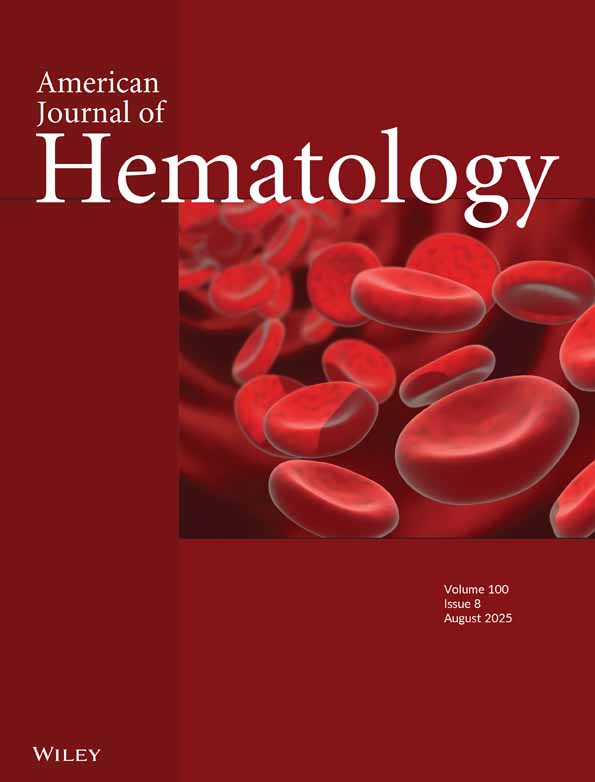Hereditary hemolytic disease with increased red blood cell phosphatidylcholine and dehydration: One, two, or many disorders?
Abstract
We have compared characteristics of red cells from patients who were originally diagnosed as having two different disorders, high phosphatidyl choline hemolytic anemia (HPCHA) and hereditary xerocytosis (HX). Both types of cells had reduced intracellular potassium, with attendant cell dehydration and an increase in the relative amount of membrane phosphatidyl choline. Neither these observations nor a review of previous studies of HX and HPCHA revealed any means of distinguishing between the two disorders. Measurements of chloride-dependent potassium transport revealed flux characteristics in both HX and HPCHA red cells that were different from those in simultaneously run control samples. HX and HPCHA red cells did not show the same kinds of deviations from the normal pattern. However, extensive characterization of transport behavior under a variety of controlled conditions will be required to determine whether these differences represent intrinsic differences in chloride-dependent transport properties. It appears likely that HX and HPCHA both represent a spectrum of disorders resulting from a variety of defects that produce the same general pattern of abnormalities in cation content and membrane phospholipid composition © 1993 Wiley-Liss, Inc.




